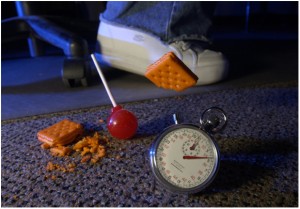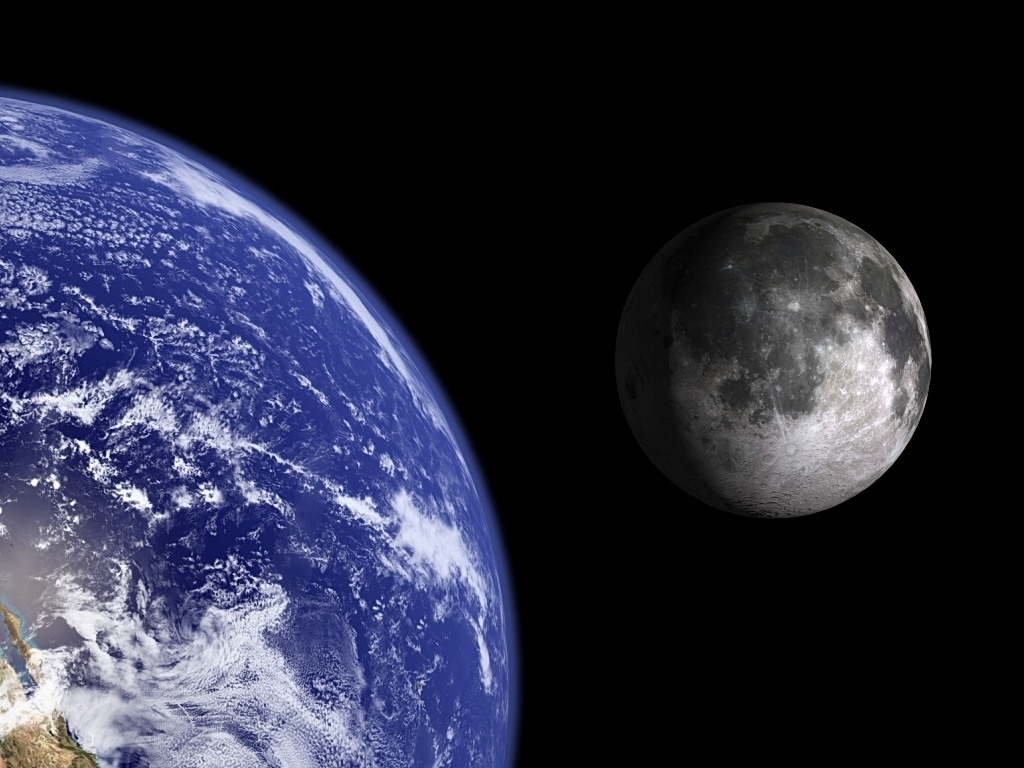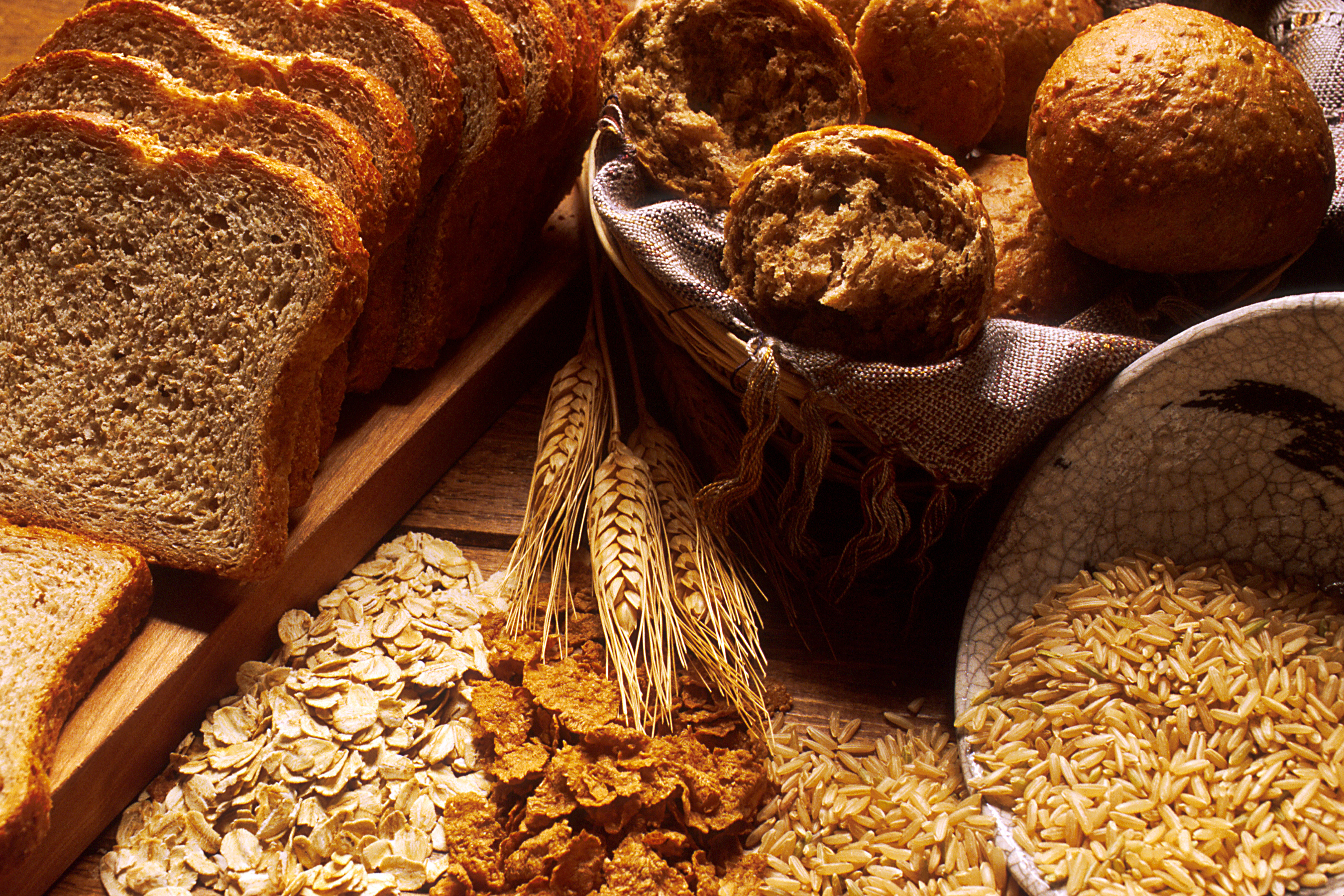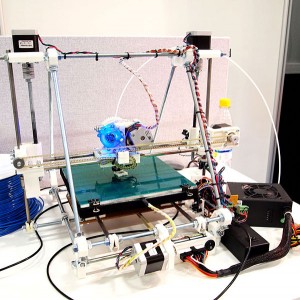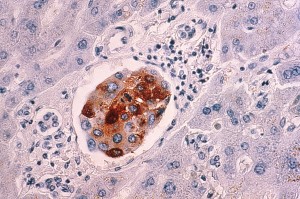Of all the people I know, I can think of about a dozen who are vegetarian, a few who are gluten-free, and even a couple who are devout vegans. The drift towards non-traditional diets is accelerating, and though individual reasonings vary, there is some element of healthfulness that justifies eating in these ways. But what about the subsequent step in this trend – what about those who choose to eat only raw foods?

One notable individual is Kristina Carrillo-Bucaram, a self-described “pioneer in the local, organic food co-operative movement.” She operates a website, YouTube account, and blog, through which she promotes the raw food diet that has supposedly changed her life. Undoubtedly, she is a prolific spokesperson for the diet, and she is able to communicate with the public in a variety of ways.
Perhaps, to someone with no background in science, her videos are compelling. After all, it’s difficult to argue the nutritious regimen of someone when you can see for yourself how fit she is. On top of that, what she’s saying makes sense, doesn’t it? Don’t consume fat, and you won’t acquire body fat; eat plenty of fruits because they’re so rich in nutrients. Moreover, her videos have thousands of views and testaments promoting the raw diet. It all looks and sounds pretty convincing, but the viewer should by no means take this advice lightly.
As a burgeoning scientist, I simply can’t watch a video with such radical nutritional ideas without doing some research on the matter. After seeing Kristina’s video, I decided to do a general inquiry on the benefits and pitfalls of raw foodism.
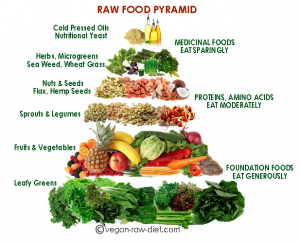
Raw Food Pyramid. Courtesy of Vegan-Raw-Diet.
Details of the raw diet are readily available from alternative medicine sites and popular culture pages alike. According to one site, adhering to the raw food diet requires that all meals be organic, unprocessed, and, of course, uncooked . Animal products and grains are ruled out and labelled as toxins. Proponents of the diet claim that cooking food degrades enzymes, vitamins, and nutrients that are essential to proper digestion and optimal health. Some of the postulated health benefits include higher energy levels, weight loss, and disease prevention.
In addition to these websites, some scientific papers report the advantages of eating raw. One literature review of the diet stated that “while it minimizes the risk of chronic diseases, it will also sustain weight loss.” Another paper recruited adherents to the raw movement and provided further evidence in support of these beneficial claims. Garcia et al. found normal vitamin A (for healthy vision, development, and immune functioning) levels, as well as low body mass index (BMI), in their participants. Another review by Comer et al. reported both healthy cholesterol levels and overall mental well-being in raw food dieters. These factors contribute significantly to disease prevention. Overall, a handful of the raw foodies’ assertions seem to be valid – but in true scientific fashion, it’s crucial to examine the other side of the story.
The same papers noted some flaws in the raw food diet. Firstly, Garcia’s participants showed insufficient levels of plasma lycopene, a carotenoid that, at high enough concentrations, is linked to disease prevention. Secondly, Comer’s review, which mentioned likely biases in its non-randomized nature, also noted low levels of vitamin B-12 levels in raw food consumers. Symptoms of vitamin B-12 deficiency include depression, fatigue, and movement disorders. Already, two papers report findings that directly contradict the “results” of the raw food diet.
In continuing my research, I found several other studies that followed this trend. Following a questionnaire of raw dieters, Koebnick et al. reported that 30% of the female participants had amenorrhea, a symptom indicative of iron deficiency. This questionnaire also revealed abnormally low BMI’s in 25% of the female participants, which is associated with low bone density, osteoporosis, and impaired immune functioning.
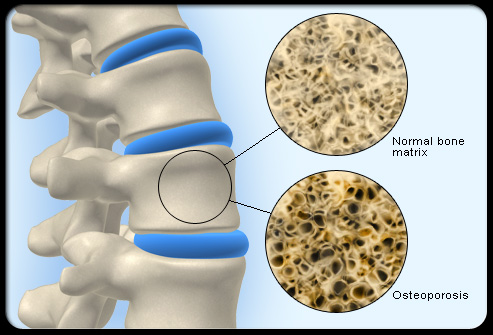
Low Bone Density and Osteoporosis. Courtesy of Bone Vibration.
Despite these downfalls of the diet, there’s still much to consider. Based on the handful of favourable outcomes, it’s not unreasonable for individuals to follow this diet in an earnest attempt to increase their wellness. However, the prevalence of unhealthy results means that it simply isn’t the panacea that it claims to be.
The last part of my research was to hypothesize why the raw food diet has such mixed effects. There is little dispute over the benefits of displacing unhealthy foods with nutrient-rich fruits and vegetables, so it follows that doing so would lead to better health. But is there really a need to do away with grains, meats, and cookery? Basically, the raw diet strikes me as a display of Occam’s razor: to see the beneficial effects of the diet, such as weight loss and disease prevention, one should simply eat more of these “good” foods and less of the bad. However, since fruits and vegetables alone aren’t all-inclusive sources of every vital nutrient, only consuming these kinds of foods will eventually yield certain maladies. Thus, eating raw is not imperative to optimal health.

Huge Smoothie. Courtesy of Rawfully Organic.
In conclusion, I’m not about to replace my morning cereal with a 32-ounce banana smoothie, nor will I recommend strict adherence to the raw food diet to anyone trying to become healthier. Yet, thanks to Youtube and spokespeople like Kristina, the raw diet is sprouting; I wouldn’t be surprised if I met a raw foodie in the near future.
Sydney Honsberger-Grant






